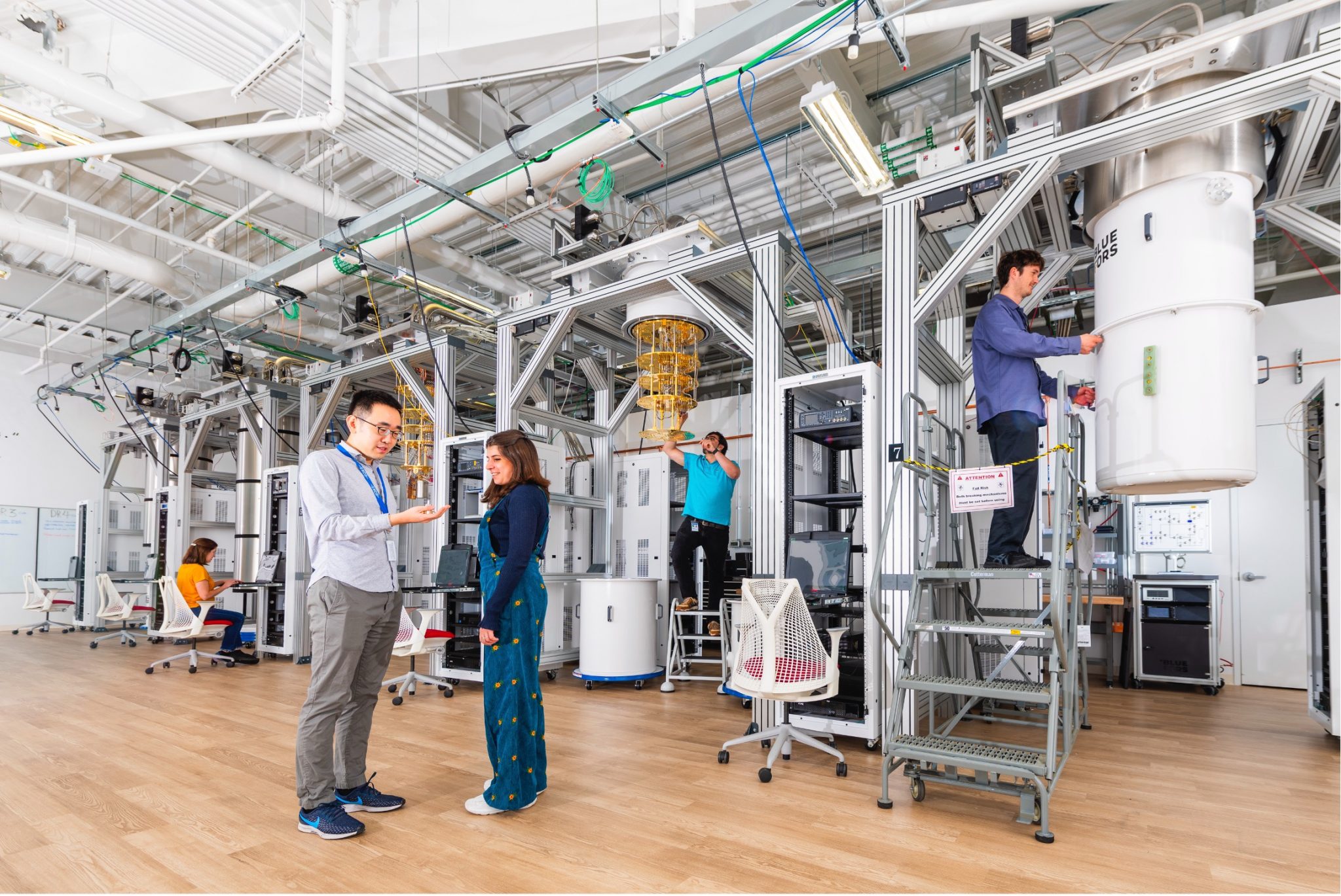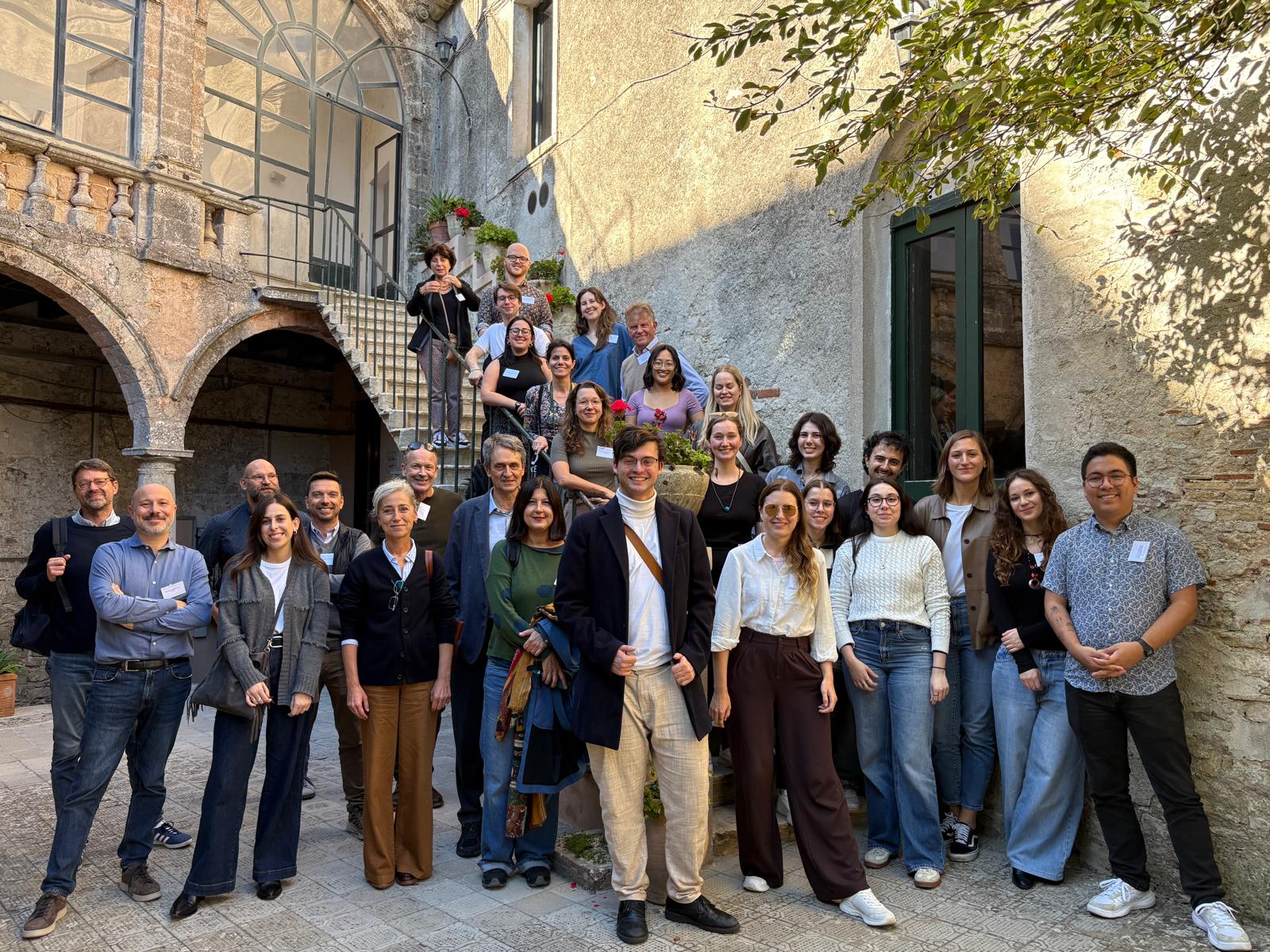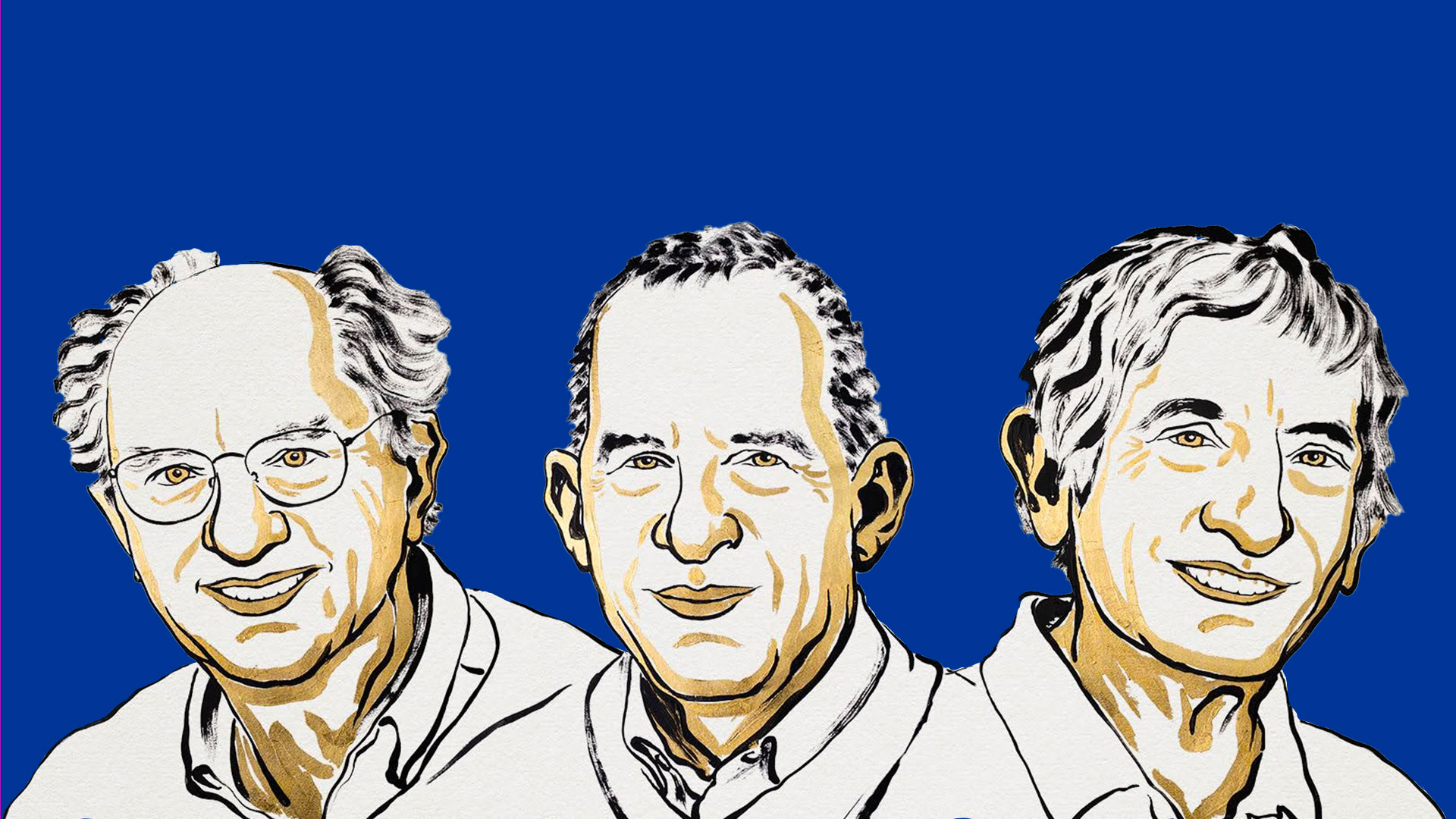 It will host researchers of the SESAME (Synchrotron-light for Experimental Science and Applications in the Middle East) international laboratory, scientists who come from all over the world to work on the synchrotron light source in Allan, Jordan, the first in the Middle East. The SESAME guest house was inaugurated on 4 December, thanks to the fundamental contribution of Italy, with MIUR (the Ministry of Education, University and Research) and INFN. The guest house is intended for scientists, especially young ones, who habitually carry out their research at the SESAME laboratory, with the aim of creating a place for sharing, dialogue and exchange.Inaugurated in 2017, SESAME is a “special” laboratory, because it represents an opportunity not only for scientific knowledge and technological development, but also for economic growth and especially for intercultural dialogue in a troubled area, bringing together people – Palestinian National Authority, Cyprus, Egypt, Iran, Israel, Jordan, Pakistan and Turkey – which have difficulty in finding other common ground for collaboration and discussion. The Italian Government has been participating in the project since 2013, through MIUR and the technological and scientific expertise of the INFN research community.The heart of SESAME is an internationally competitive third generation synchrotron light source, which is now a resource for the entire MENA (Middle East and North Africa) region. It is a very powerful microscope, based on an electron accelerator, allowing studies and applications in many fields, including physics, life sciences, materials science and archaeometric studies. SESAME is therefore a centre of excellence for multidisciplinary research, able to attract scientists from various countries and very different sectors
It will host researchers of the SESAME (Synchrotron-light for Experimental Science and Applications in the Middle East) international laboratory, scientists who come from all over the world to work on the synchrotron light source in Allan, Jordan, the first in the Middle East. The SESAME guest house was inaugurated on 4 December, thanks to the fundamental contribution of Italy, with MIUR (the Ministry of Education, University and Research) and INFN. The guest house is intended for scientists, especially young ones, who habitually carry out their research at the SESAME laboratory, with the aim of creating a place for sharing, dialogue and exchange.Inaugurated in 2017, SESAME is a “special” laboratory, because it represents an opportunity not only for scientific knowledge and technological development, but also for economic growth and especially for intercultural dialogue in a troubled area, bringing together people – Palestinian National Authority, Cyprus, Egypt, Iran, Israel, Jordan, Pakistan and Turkey – which have difficulty in finding other common ground for collaboration and discussion. The Italian Government has been participating in the project since 2013, through MIUR and the technological and scientific expertise of the INFN research community.The heart of SESAME is an internationally competitive third generation synchrotron light source, which is now a resource for the entire MENA (Middle East and North Africa) region. It is a very powerful microscope, based on an electron accelerator, allowing studies and applications in many fields, including physics, life sciences, materials science and archaeometric studies. SESAME is therefore a centre of excellence for multidisciplinary research, able to attract scientists from various countries and very different sectors





